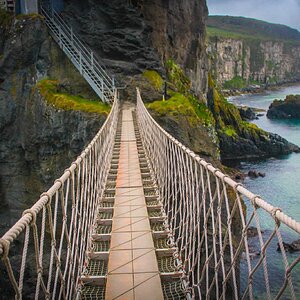ralphh
No longer a newbie, moving up!
- Joined
- Jun 29, 2012
- Messages
- 222
- Reaction score
- 58
- Location
- London
- Can others edit my Photos
- Photos OK to edit
But then you have to adjust your ISO every time you change apeture unless it's bright enough that you're always ok at base ISO. That just gets annoying. And if you get caught up in the moment and forget the ISO part you either get motion blur, or more noise than you need to.
I'm struggling at times to remember this with the 5dmk2 I got for xmas (from myself); the auto ISO is next to worthless for people photography with a 35mm lens (which just happens to be my most used lens and most common subject) - 1/30th is just not fast enough for shooting people, and even worse with kids.
It's been at least 4 years since I had a camera without decent auto iso, so I'm completely out of the habbit of remembering to constantly change it and it's soo frustrating remembering to do something that I was happy not to have to do for so long.
Unlearning 4 years worth of habbit is hard, and I've ruined a lot of otherwise good shots because of it :banghead:
I'm actually considdering shooting Manual mode full time, just to force myself to actually look at the shutter speed as well as the apeture :crazy:
I'm struggling at times to remember this with the 5dmk2 I got for xmas (from myself); the auto ISO is next to worthless for people photography with a 35mm lens (which just happens to be my most used lens and most common subject) - 1/30th is just not fast enough for shooting people, and even worse with kids.
It's been at least 4 years since I had a camera without decent auto iso, so I'm completely out of the habbit of remembering to constantly change it and it's soo frustrating remembering to do something that I was happy not to have to do for so long.
Unlearning 4 years worth of habbit is hard, and I've ruined a lot of otherwise good shots because of it :banghead:
I'm actually considdering shooting Manual mode full time, just to force myself to actually look at the shutter speed as well as the apeture :crazy:
Last edited:


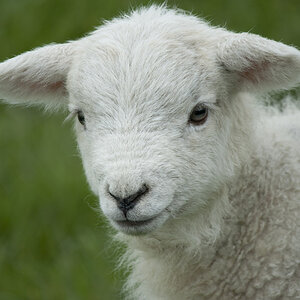

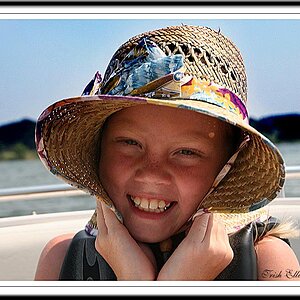
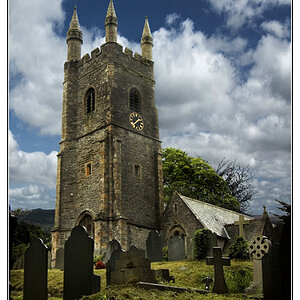
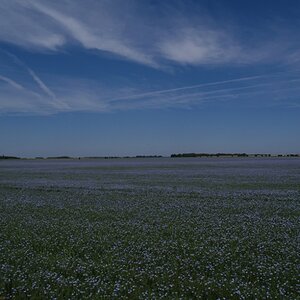
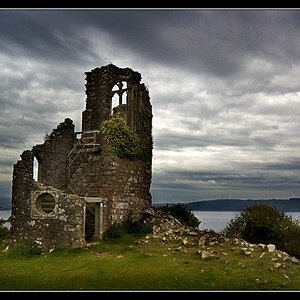
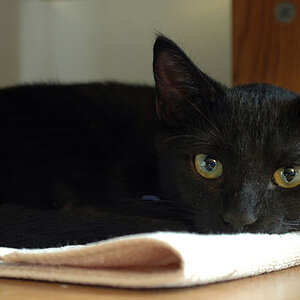
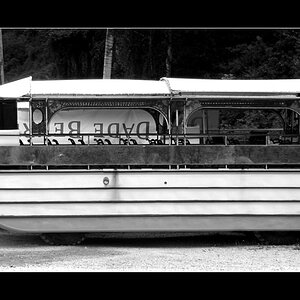
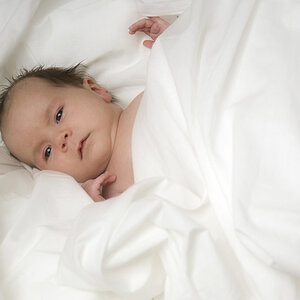
![[No title]](/data/xfmg/thumbnail/41/41423-156eb6e5a056cd1cbcf60e12a03f9d56.jpg?1619739809)

